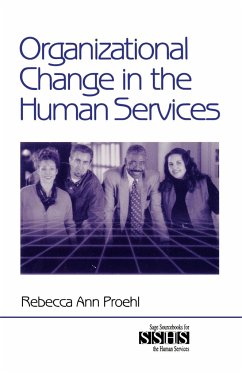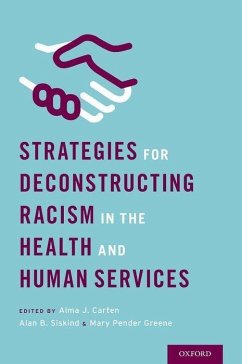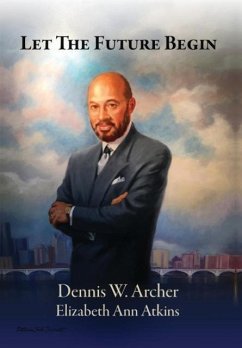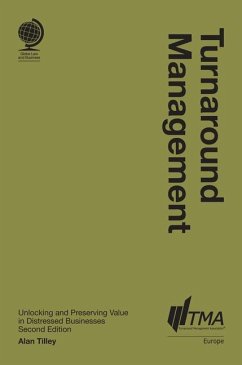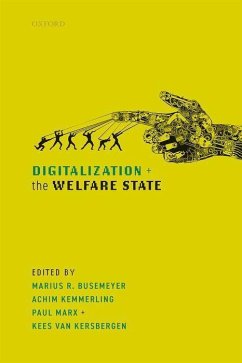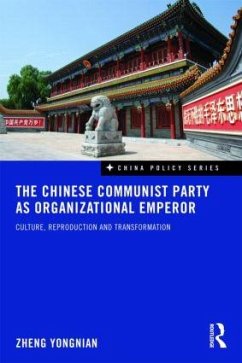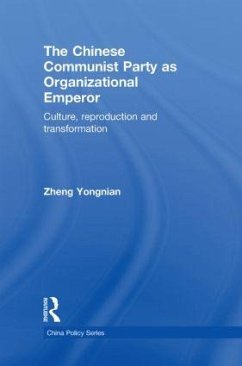
Organizational Change for the Human Services
Versandkostenfrei!
Versandfertig in über 4 Wochen
76,99 €
inkl. MwSt.
Weitere Ausgaben:

PAYBACK Punkte
38 °P sammeln!
Organizational Change for the Human Services is designed for managers and other leaders in human service organizations (HSOs) and students in graduate programs in social work, nonprofit management, public administration, and human resource management. It covers evidence-based principles for planning and implementing organizational change initiatives in areas such as implementing evidence-based practices; new or improved information systems; diversity, equity, and inclusion initiatives; and organizational restructuring. Details are provided on many change methods from team building, employee su...
Organizational Change for the Human Services is designed for managers and other leaders in human service organizations (HSOs) and students in graduate programs in social work, nonprofit management, public administration, and human resource management. It covers evidence-based principles for planning and implementing organizational change initiatives in areas such as implementing evidence-based practices; new or improved information systems; diversity, equity, and inclusion initiatives; and organizational restructuring. Details are provided on many change methods from team building, employee surveys, use of consultants, intrapraneurship, and continuous quality improvement to change processes specifically for HSOs such as capacity building, implementation science, staff-initiated organizational change, and cutback management.




